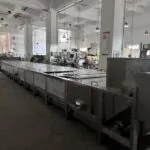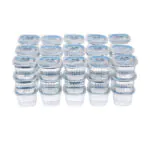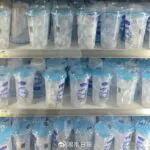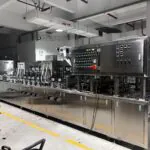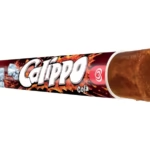
How Do You Manufacture Ice Lolly Tubes From Start to Finish?
Struggling with slow, manual ice lolly production? Inconsistent quality and low output hurts your business. Automation is the key to scaling up and meeting market demand with professional quality.
To manufacture ice lolly tubes, you first create the plastic tubes using a plastic blowing machine. Then, an automatic filling and sealing machine injects the juice and heat-seals the tubes. Finally, the tubes are pasteurized for long shelf life and packaged for retail sale.
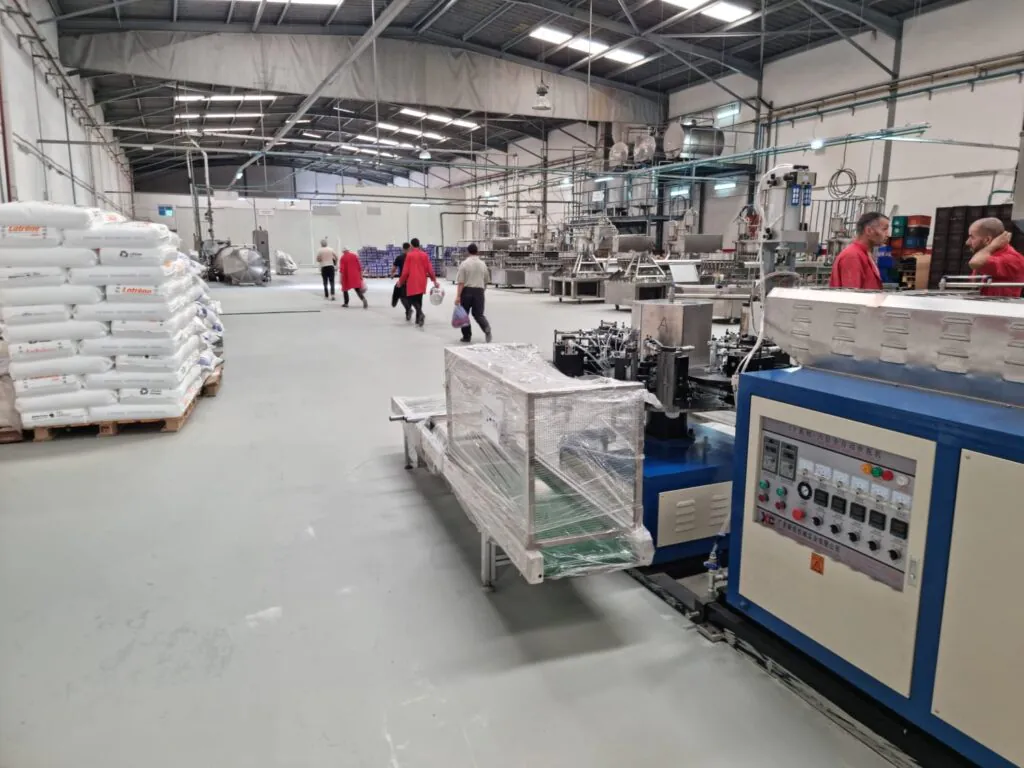
This gives you a quick overview of the entire production chain. The process might seem complex at first glance, but it’s really a sequence of logical, manageable steps. As a machinery specialist, I’ve guided many clients through setting up their own automated lines. Now, I want to break down each stage for you, so you can see exactly how to transform your production. Let’s dive into the details and start from the very beginning.
What’s the First Step in Making the Ice Lolly Tubes?
Relying on suppliers for empty tubes can be costly and unpredictable. Supply chain delays and high prices eat into your profits. Making your own tubes in-house provides total control.
The process starts with a plastic blowing machine. This machine melts plastic resin and forms it into a hollow tube. Compressed air then inflates this tube inside a mold to create the final soft bottle shape, ready for the next step of filling.
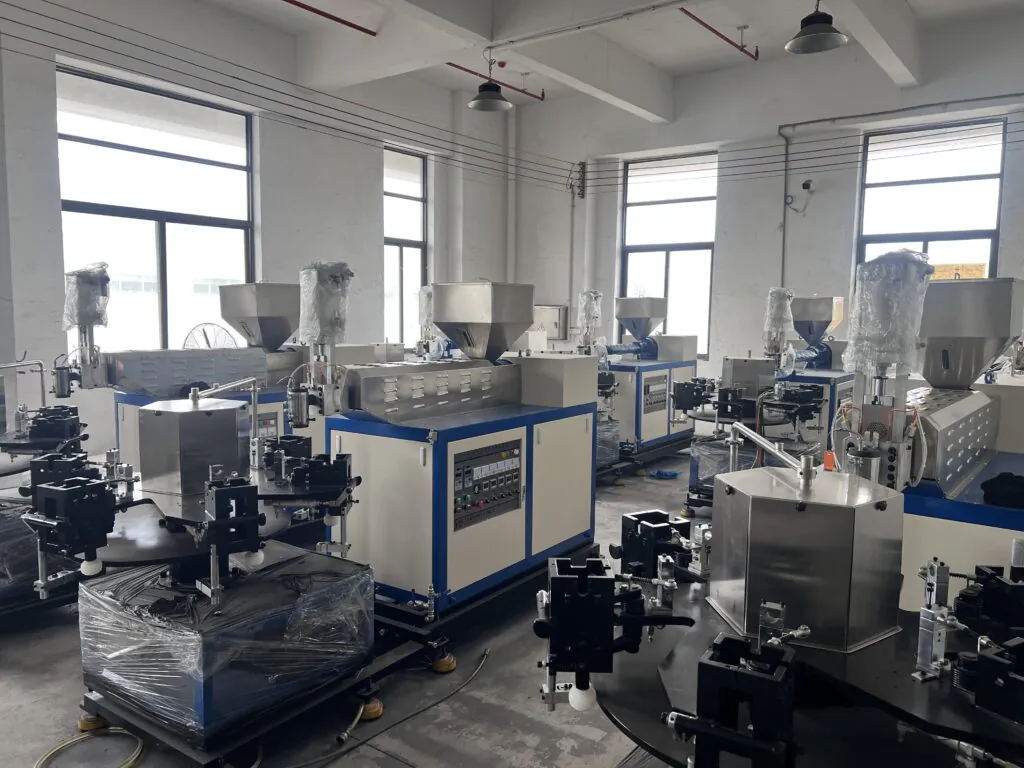
The technical term for this process is Extrusion Blow Molding (EBM)1, which is perfect for creating soft, squeezable bottles like ice lolly tubes. It begins when you feed plastic pellets, typically LDPE (Low-Density Polyethylene)2, into the machine’s hopper. From there, a large screw heats and melts the plastic, pushing it through a die to form a continuous, hollow tube called a parison. A two-part mold then closes around the parison, pinching one end shut. At that moment, compressed air is injected into the parison, inflating it like a balloon until it presses against the cold walls of the mold cavity. After a brief cooling cycle, the mold opens and the perfectly formed plastic tube is ejected. I remember a client in Algeria who initially hesitated at the investment. But after seeing how making their own tubes gave them control over quality and cut long-term costs, they knew it was a vital move for their business’s growth and independence.
How Do You Fill and Seal the Ice Lolly Tubes Automatically?
Filling tubes by hand is slow, messy, and inconsistent. This manual process leads to product spillage, wasted materials, and faulty seals that can leak, damaging your brand’s reputation.
An automatic filling and sealing machine completely solves these problems. It loads the empty tubes, fills them with a precise amount of liquid using nozzles, and then immediately heat-seals the top for a secure, clean closure, all in one continuous motion.
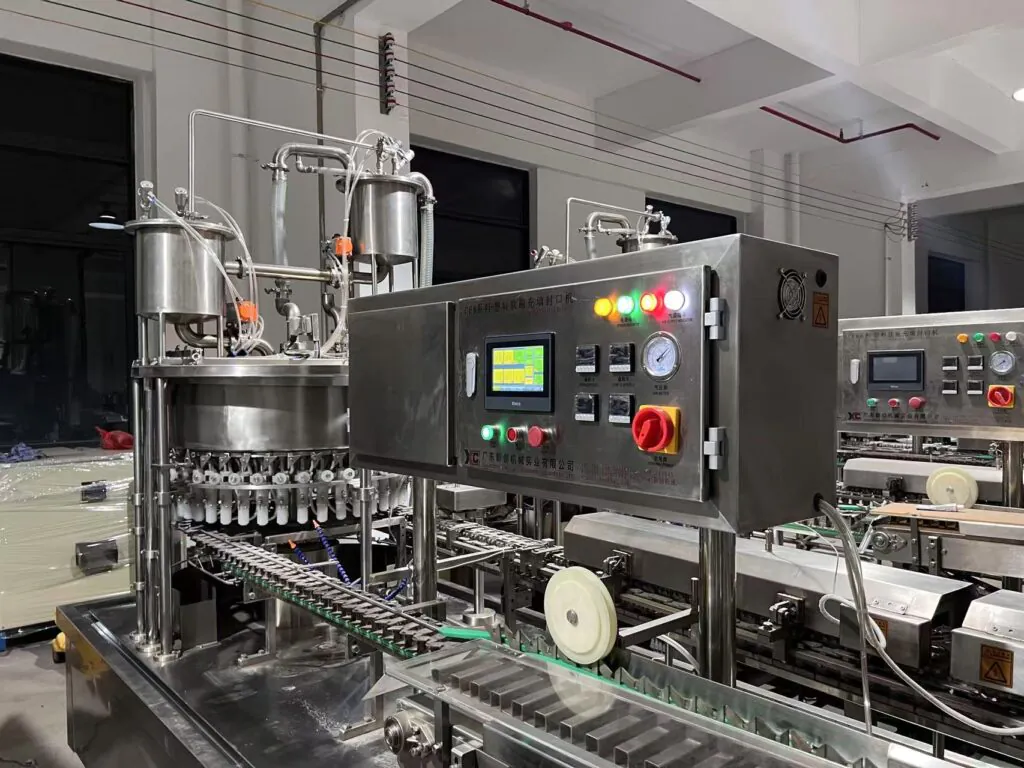
Our Ice Lolly Tube Filling and Sealing Machines at Xinchuang Machinery are built for this exact purpose. The entire operation is automated for maximum efficiency and hygiene. The empty tubes are first loaded into a rotary plate or a linear conveyor system. As each tube moves into the filling station, a sensor detects its presence, and a filling nozzle lowers to dispense a precise volume of product—be it juice, jelly, or yogurt. This volumetric filling3 is critical for maintaining product consistency and controlling costs. The tube then immediately cycles to the sealing station. Here, a pair of heated sealing jaws clamp the open end of the tube, melting the plastic to create a strong, leak-proof seam4. This station can also emboss production dates or batch codes directly onto the seal. A customer of mine in Vietnam saw their output skyrocket from just a few thousand units a day to over 10,000 per hour with this machine.
Why is Pasteurization Crucial for Ice Lolly Tubes?
Are you worried about your products spoiling on the shelf? A short shelf life restricts your distribution range and leads to lost revenue. Pasteurization is a critical step to protect your product.
Pasteurization is a heat treatment process that extends shelf life and ensures food safety. It heats the sealed tubes to a specific temperature for a set time to eliminate harmful microorganisms like bacteria and yeast, preventing spoilage without refrigeration.
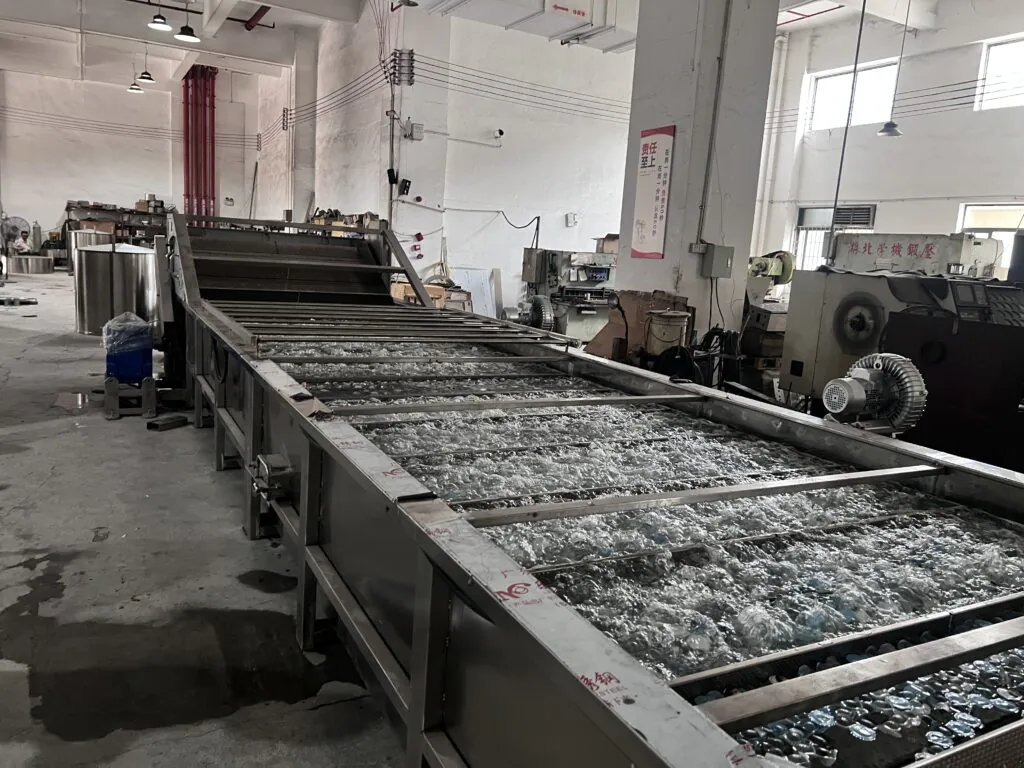
The most effective method for this is a continuous pasteurizer tunnel5. After being filled and sealed, the ice lolly tubes are transported on a conveyor belt through a long chamber. Inside, they pass through several stages. First, they are sprayed with or immersed in hot water, which raises the product’s temperature to around 85-98°C. They are held at this temperature for a specific duration, typically just 15 to 30 seconds, which is enough time to kill any spoilage-causing microbes. After the heating zone, they move into a cooling zone where they are sprayed with cold water to bring the temperature down rapidly. This quick cooling locks in the product’s flavor and quality. This process is essential for creating a shelf-stable product6 that can be safely stored at room temperature, a non-negotiable requirement for distributors in many of my main export markets like India, Pakistan, and across North Africa.
| Feature | Without Pasteurization | With Pasteurization |
|---|---|---|
| Shelf Life | A few days (refrigerated) | Several months (ambient) |
| Food Safety | Risk of bacteria growth | High level of safety |
| Distribution | Local, requires cold chain | Wide, no cold chain needed |
| Market Access | Limited | Broader national & international |
What Are the Best Ways to Package Ice Lolly Tubes for Sale?
Your product is made, but how will you present it to customers? The wrong packaging can get overlooked on the shelf or fail to protect the product. Effective packaging is your final sales pitch.
The best packaging is determined by your local retail market. The most common strategies are selling tubes individually, bundling them in printed multi-packs using a flow wrapper, or selling them in bulk from large, branded transparent jars in shops.
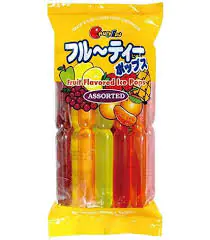
Understanding your sales environment is the most important factor in choosing your secondary packaging. I always push my clients to analyze their local market. For instance, in countries like the Philippines or South Africa, where small neighborhood shops are dominant, the bulk jar1 is king. Shopkeepers buy a large jar of 50 or 100 tubes and sell them individually to customers for a small price. In contrast, for large supermarkets in regions like Russia or Vietnam, the multi-pack is the standard. A machine called a flow wrapper bundles a set of 10 or 12 lollies into a printed plastic bag that is perfect for families doing their weekly shopping. Finally, well-designed individual tubes are great for impulse buys at convenience stores or kiosks everywhere. Each format serves a different consumer need, and choosing the right one is critical for your success.
| Packaging Type | Target Environment | Customer Profile | Machine Required |
|---|---|---|---|
| Single Units | Convenience stores, kiosks | Impulse buyers | – |
| Multi-Packs | Supermarkets, grocery stores | Families, bulk buyers | Flow Wrapper |
| Bulk Jars | Small local shops, markets | Individual consumers | Manual packing |
Conclusion
From making tubes to filling, pasteurizing, and packaging, you now see the full automated process. This system delivers the quality, safety, and shelf life needed to grow your business successfully.
-
Explore this link to understand EBM’s significance in manufacturing and its diverse applications in creating various plastic products. ↩ ↩
-
Learn about LDPE’s unique properties and why it’s a preferred material in many industries, including packaging and manufacturing. ↩
-
Understanding volumetric filling can enhance your knowledge of efficient packaging processes and improve product consistency. ↩
-
Exploring how leak-proof seams are made can help you appreciate the importance of quality in packaging and prevent product loss. ↩
-
Understanding this technology can enhance your knowledge of food safety and shelf stability in products. ↩
-
Exploring this topic can provide insights into extending product life and market reach. ↩
Recent Posts
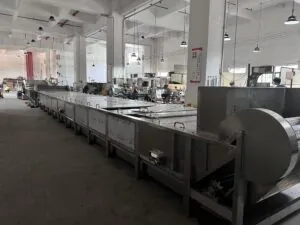
What is the Purpose of an Auto Pasteurizer in a Food Production Line?
Are your food products spoiling too quickly? This waste costs you money and limits how
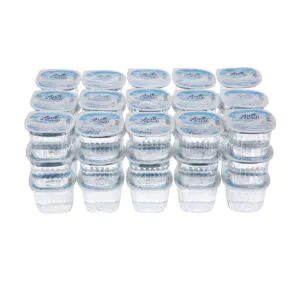
How Do You Fill Mineral Water with Cup Filling Machine?
Struggling with high investment costs for bottling mineral water? There is a simpler, more affordable
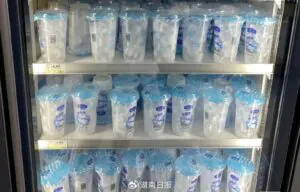
Ice Cup Filling Machine, How to Produce Ice Cup?
Confused about making ice cups efficiently? The process might seem complicated, involving multiple machines and
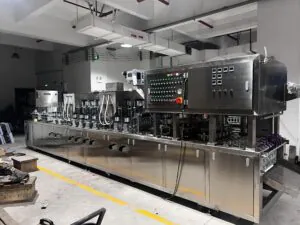
How to Produce Butterfly Jelly with Our Filling Machine?
How to Produce Butterfly Jelly with Our Filling Machine? Struggling to create eye-catching, multi-colored jellies?
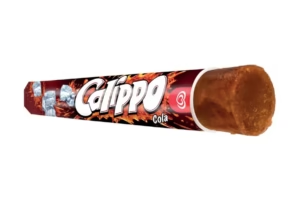
How to produce Calippo style ice cream?
How to produce Calippo style ice cream? Want to produce Calippo-style ice cream but find


